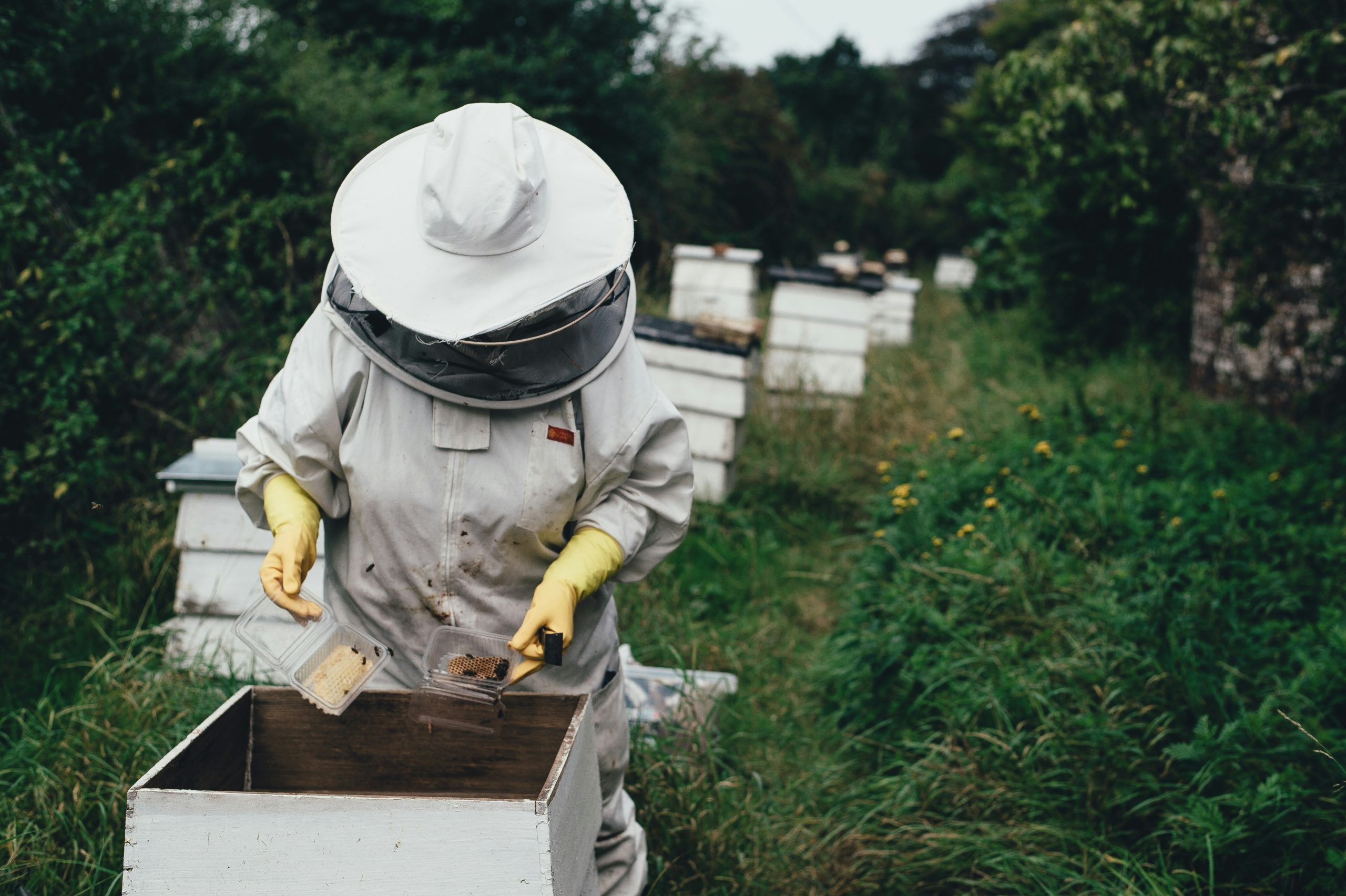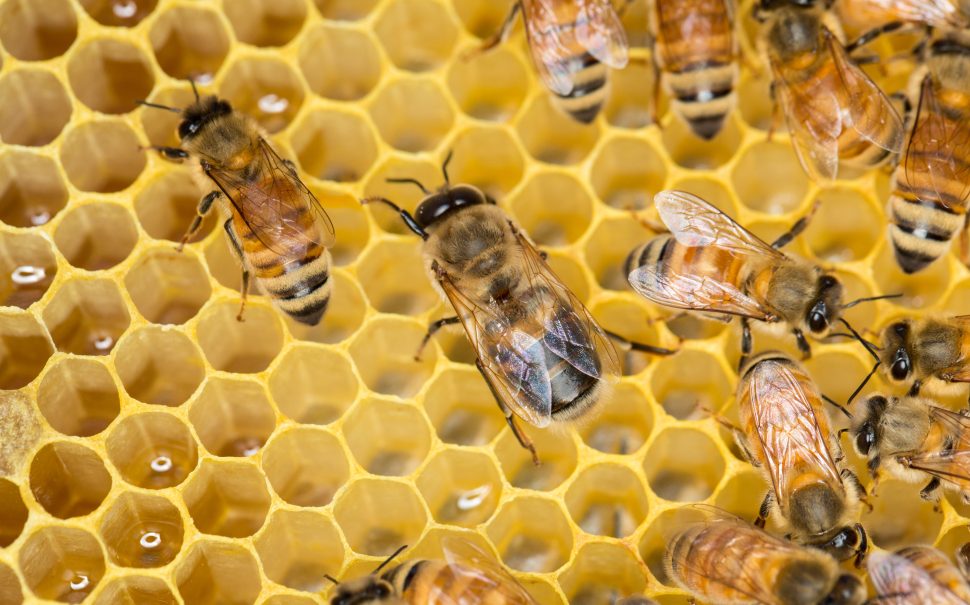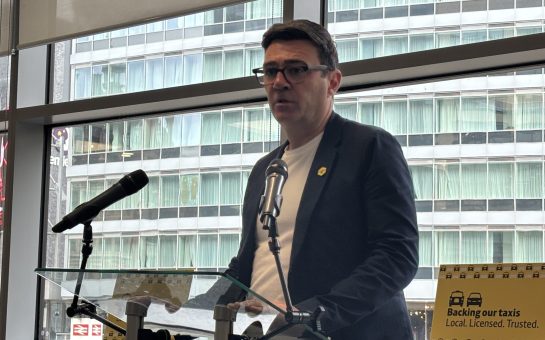Honey bees are an ideal agent for monitoring pollution, recent research from The University of Manchester and Dalhousie University in Canada shows.
The research, led by Dr Simon Harper and Dr Tony Walker, explores the use of Manchester’s emblematic honey bee to detect heavy metal pollultants in areas of Greater Manchester.
In collaboration with citizen scientists – members of Manchester District Bee Keeper Association – honey was sampled across the region to detect various metal pollutants.
They found that Manchester had lower average copper, lead and zinc concentrations in honey than the global average but higher cadmium and arsenic concentrations.
Dr Harper, a computer scientist, part time beekeeper and full time bee enthusiast, and Dr Walker, an environmental scientist, have shown the bees reveal specific areas of local level metal pollution.
After the beekeeping citizen scientists sent their honey samples to the University of Manchester, the Earth and Environmental Science department produced spectral data which travelled (electronically) to Nova Scotia.
The data was then mapped out by Dr Walker and his colleagues to represent the changing concentrations of metals in honey across Greater Manchester.
He said: “Really I was working on elaborate spreadsheets, if you will, to determine correlations between land use and historical, industrial activities as well as current activities.”
He spoke enthusiastically about the results: “It shows you that citizen science data from those busy bees was able to reveal a very interesting metal pollution map across the city, which I don’t think had ever been done before.”
One of those beekeepers, Lawrence Wales, has helped contribute to various studies as a citizen scientist to learn more about the honey he harvests in Linnyshaw, Bolton.
He felt taking part in these kinds of research projects is important: “I want to know what’s in the honey I’m harvesting and eating, I’m interested!”

Sampling honey from bees is an ideal way to bio-monitor pollution. Bees travel over a localised distance of three kilometres to collect pollen for honey, so the samples taken from each apiary describes an environmental landscape within a three kilometre radius.
Dr Walker explains that there are very few plants or insects which would reveal a similar picture so easily. Sampling honey from bees causes minimal disruption, doesn’t harm them and has a relatively low cost.
He explains how special the bees are: “The thing about bees is that there is nothing else quite like them. You’d be hard pressed to get a better bio-monitor than them.”
Manchester has multiple possible sources of metal and metalloid pollutants, from previous industrial activity to current infrastructure, like the M6 ring road.
The study showed Oldham and Stockport, for example, had increased metal concentrations in the honey samples, which could well be a result of work that previously took place in the industrial towns.
But Dr Harper explained it’s difficult to pinpoint one type of industrial action to one type of pollutant, due to the movement of pollutants in water, soil and in the air.
He said: “It’s just not as simple as this town produced this one metal.”
Dr Harper and Dr Walker are hopeful that the use of bees as a bio-monitor can, with further research, be expanded to map out pollutants of various kinds across the UK.
There are approximately 24,000 apiaries across the United Kingdom which if used in the same way as the Manchester apiaries in this study could provide environmental pollution data at a much lower cost than if pollution tracking stations were rolled out.
Dr Harper describes the study as a bit of a “Friday Afternoon project” outside his usual scientific realm but with high regard for the citizen scientists who contributed: “It’s a way for them to contribute to us and for us to give back the data we found and tell them about their honey.
“It’s really a two-way flow of information.
“They know more about honey than I do – for them it’s not Friday afternoon, it’s every day.
“You should listen to people who have more experience, you’d be a fool not to do it.”
Before signing off Dr Walker summarised the study: “I framed it as a pilot study for establishing a database.”
“I think it raises more questions than it gives us answers, but it’s super exciting.”
Main image credit: Syd3r @ Flickr, CC 2.0




